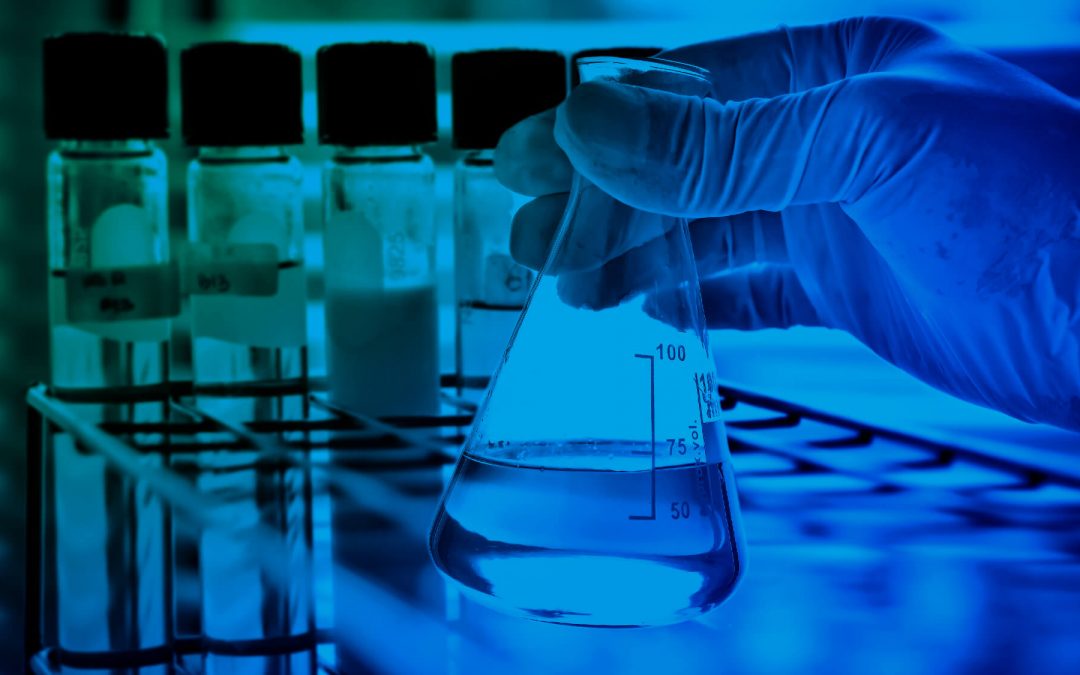A conversation with Mir Kazim Ali, VP – Cement Quality, PSCL
In our new head office, PSCL continues its progressive efforts to advance the testing and management of high-quality cement creation and delivery workflows. Recently, the Cement Quality team completed a new video to bring clients – existing and prospective – up to date on how the LDMS system has progressed from 1993 to today.
PSCL: We’ve seen the new video, and it appears that you and your team have created a whole new story to explain the Laboratory Data Management System (LDMS). Why don’t you tell us a little bit about the process to make that happen?
Mir: We believe it is important to present LDMS as the key solution for cement quality – it’s the hub for everything. It moves us towards Industry 4.0 and digitization. We started thinking about what do we need to do differently so that people out there could understand LDMS better. We reviewed it with Kent Nattrass and Matthew Furry – our COO and President, respectively – and we said, well, we know that it does a lot in terms of its technical functions, but let’s put that aside and focus on the 60 locations where we’ve implemented LDMS and what does it do to improve more than just the lab. So we looked at how it helps cement plant operations, and I think this was the key thing we were missing. Moving out from the lab to the entire plant was the key.
PSCL: What do you feel are the key benefits to the people outside of the lab?
Mir: There are four things where LDMS revolves around and one is definitely the lab. The others are people, accreditation and process. Anyone who is outside the lab, be it in the quarry, raw mill, production process or maintenance, they can have access to LDMS. You can have different users all the way from lab technician to plant technicians, up to process production managers and the plant manager. The key thing is even though people think of LDMS being only in the lab, it’s actually taking care of everything from your quality to shipping the cement.
With your material, you cannot make the right decisions without LDMS; be it the quality in the quarry, raw mill, or cement production. It’s important for production staff to be able to see how the lab data is affecting their process. This is one of the key things what LDMS does, is gives you the right information at the right time that you can use to make the right decisions.
Mir: For the control room operator, the lab tests the raw mill samples every few hours. Traditionally, the information is either conveyed physically through the telephone, or the guy walks over and talks to the control room operator, or puts it on a board, or sends an email. So there are different methodologies of doing that. In my experience, a lot of time the information is miscommunicated and/or arrives late. With LDMS, as soon as the lab tech puts the sample results in the system, it is immediately available to all users throughout the plant. The results are key for making informed decisions.
That means whether they’re going to make product of right or wrong quality, and that can have a huge cost impact. A typical mill capacity for a 5,000–6,000 tonnes per day kiln line is about 400–500 tonnes of raw material per hour. Typically, a raw meal sample is taken every two to four hours. Based on that sample result, the control room operator changes the operation of the mill. So, if he doesn’t have those results in time, he could be producing 500 tonnes of material every hour which is out of spec.
With 500 tonnes of material, if it’s sold at $70 a ton, then every hour you’re wasting $35,000 of sales revenue alone. In addition, all the other costs that come from extracting that material from the quarry are wasted because you’re not putting that material to good use.
PSCL: It’s very clear that you’re thinking of the people and the process end-to-end.
Mir: LDMS provides an audit trail for saying the instruments were calibrated, the personnel were trained, and so on. One of the key outcomes is it’s a valuable insurance policy preventing conflicts before they can begin.
When a plant provides cement for a huge project like a dam or a bridge, they have to keep records. If that dam or bridge collapses in the future, then they go back to who supplied the cement. What was in the cement? They have to keep records of their samples. This is what LDMS does. It keeps an accurate historical record. This is not for the lab manager. It is for the plant manager and up the line, because ultimately the cement company CEO is the one who’s responsible for guaranteeing the company’s cement quality. He is responsible to the various authorities – civic, provincial/state, federal – answering with, “What we’ve supplied is of the specified quality, and here are the numbers.” This is what LDMS does.
LDMS will continue to grow in the future. You see the hub in the data it provides – people, processes, lab, accreditation – there will be other modules added around it to help the plant incorporate other aspects of its operation into the system.
We are a dynamic, growing company with dozens of professions and skill sets. Is there a topic or story you’d like to see PSCL cover? Let us know. The more we know about what each of us does, the more effective we become.
